The Science Gallery, Trinity College Dublin, Ireland
Open until 30 September 2018
Free entry | dublin.sciencegallery.com
The more we look at extreme environments, the more we find life pushing boundaries. The latest exhibition at Dublin’s Science Gallery, Life at the Edges, explores life in the harshest environments, on Earth and beyond.
Interesting displays sprinkled through the gallery make for easy and informative wanderings. Space and sci-fi fans will not be disappointed. The exhibits include Chimponauts & Astrocats, a surreal but sometimes sad illustrated history of animals in space; a video explaining a coffee cup design for use in the zero gravity of space; and The Trash Map, an infographic map of the moon marking sites where leftovers from the American and Soviet space race between 1959 and 1972 lie.
One of the most intriguing features for me was a display on breeding Drosophila titanus, a fruit fly that theoretically might live on Titan, Saturn’s largest moon. As I learned how feeding them the amino acid proline – a vital agent of cryopreservation – allows them to better survive sub-zero temperatures, I was left with a peculiar feeling. The mixing of cutting-edge science with sci-fi, the possible with the improbable, left me uneasy as well as awestruck.
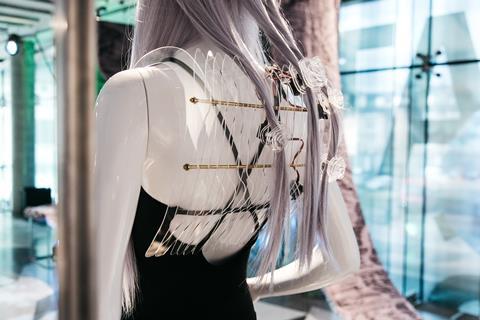
There are other such plausible scenarios taken to absurd ends. The eye-catching installation Anticipating Vanity draws visitors into a future where people visit space hotels, driven more by publicity than adventure. A female mannequin holds her hair in place under zero gravity by using a hypothetical extra-terrestrial accessory.
Behind her, Analemma Tower is a piece of conceptual architecture: a residential tower hangs off a circling asteroid. This taps into the desire for extreme height, seclusion and constant mobility, say the artists.
A liveable Mars suit also proved extremely popular, but space is not the only extreme environment to be explored. When I was there, visitors clustered around a case of Styrofoam. On closer inspection, the Styrofoam was gnawed, with mealworms crawling over and chewing the foam. Plastivore is based on recent research showing that mealworms can digest Styrofoam. The impressive Iron Ring exhibit shows off iron-tainted grass grown on contaminated mining grounds; the artist harvested 24kg of this grass to construct a 2g iron ring, which is on display.
The presence of enthusiastic live moderators at the exhibition’s opening night added to the variety of science, art and sci-fi that together made for a refreshing cocktail of informative entertainment, rather than a didactic draught of science or art.



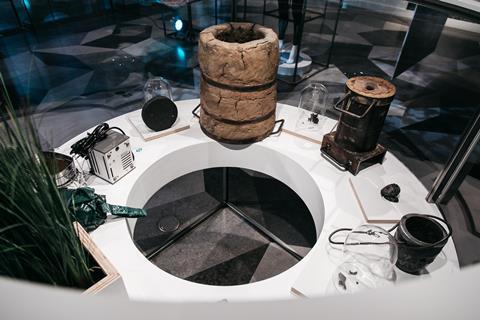



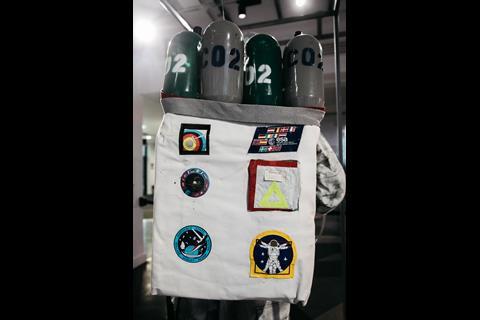
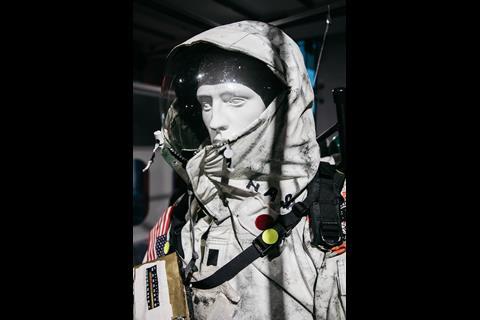
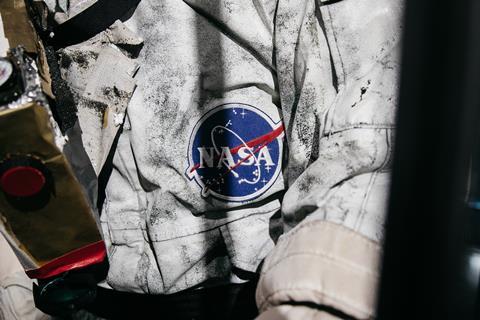
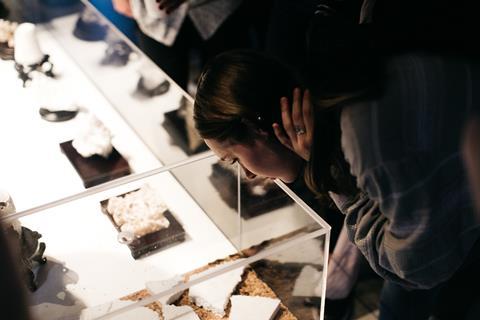
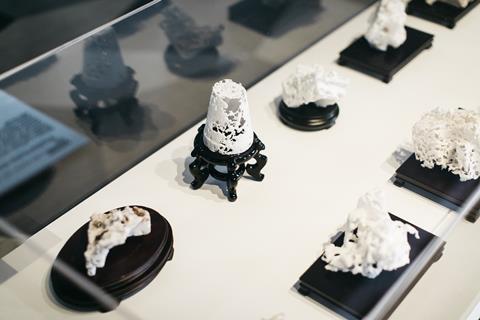

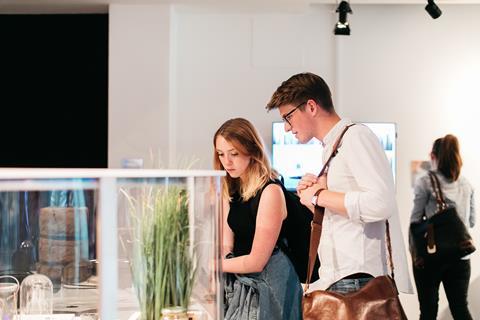
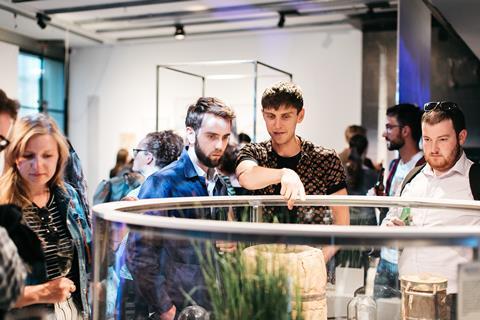
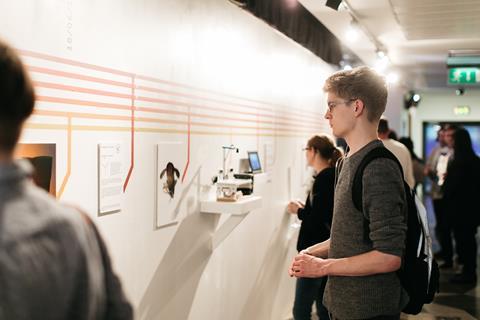
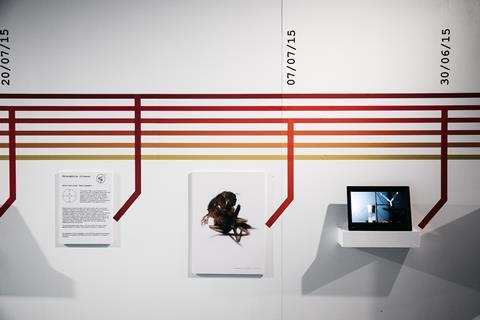
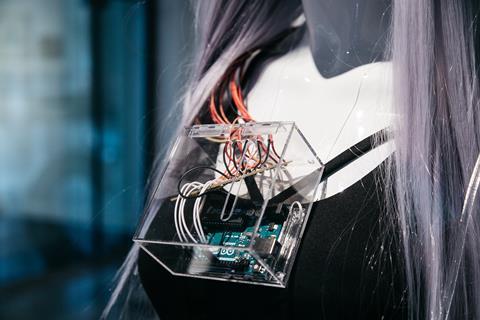
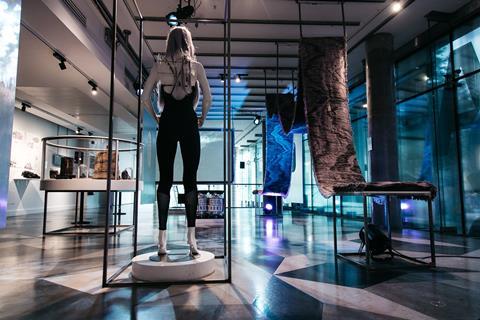
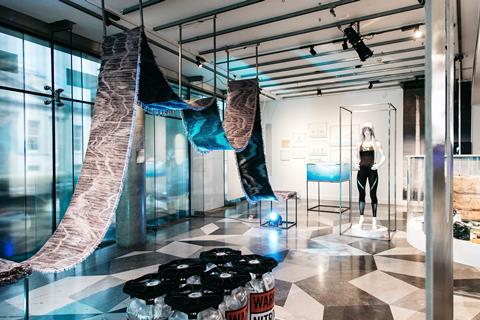



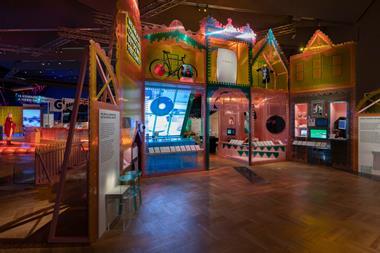

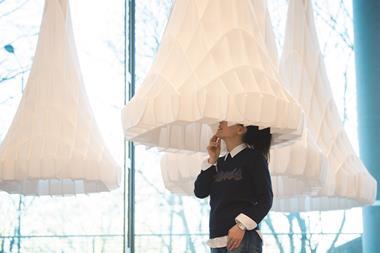









No comments yet